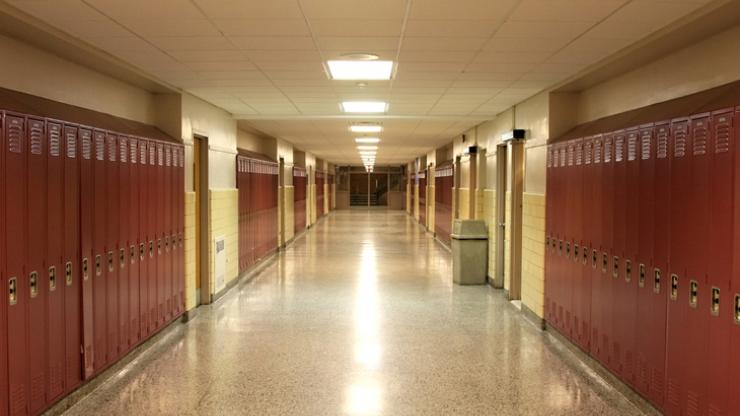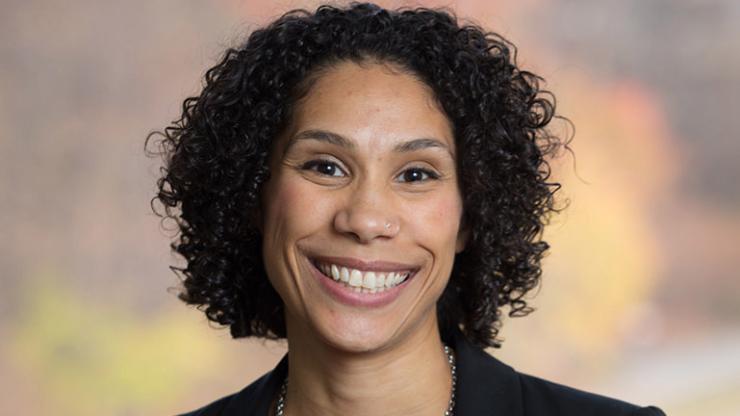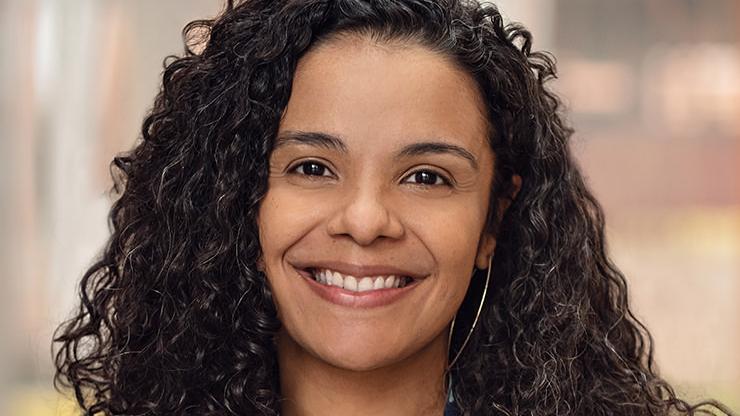Remote K-12 learning: SOE seeks teacher, parent feedback
ANN ARBOR—The University of Michigan School of Education is asking teachers and parents of K-12 students to weigh in on the successes and struggles with remote learning, following school closures due to COVID-19.
This article first appeared in Michigan News.
Liz Kolb, clinical associate professor of education technology and teacher education, is leading the research. She addresses the goals of two surveys for teachers and parents, and some early personal experience and anecdotal feedback she has heard from both groups about emergency remote learning.
First, can you talk about the surveys and their purposes?
This is a unique time, where teachers are asked to quickly turn around their traditional face-to-face instruction and engage with their students through remote online learning. We have a lot to learn from this emergency learning transition that COVID-19 has forced upon education and parents. It is an opportunity to see how prepared traditional K-12 teachers are to teach in blended and online spaces, and bring their school routines into home via remote tools. It is also an opportunity to gauge how families are handling the drastic change to home learning, and what issues of equity are rising up to the surface as a result of the move to remote learning.
We hope to use the data to provide a snapshot of the teacher and parent experience, but also to provide data to inform professional development for K-12 school districts and teacher preparation institutions on how to better prepare teachers to create blended learning with fluid continuity between school and home.
What prompted you to find out what parents are experiencing with online learning?
First, as a parent of school-aged children myself, I was able to experience firsthand the transition from the parent side, and even though I am an expert in education technology, I had many of my own struggles. Further, I was hearing from numerous parents about their experiences with remote learning. The experiences often varied and it was clear that they had a lot to share about what was happening at home. In order to fully understand the remote transition, we need to hear from the caregivers who are on the frontlines of helping their children navigate their online schooling. Sometimes, what districts put out is not always what parents see and hear, so I wanted to understand if there were disconnects between district communication and expectations and what parents were doing and noticing.
We have been hearing that in the scramble to put things together for children teachers have put some pretty complex processes in place, requiring a lot of oversight by parents, many of whom are also trying to work from home. Are you hearing anecdotes that suggest the online teaching band-aid isn't quite working?
What I know is that this is not traditional virtual or online schooling. In full-time virtual and online schools, teachers have months or even years of training to prepare to teach online. Online schools have teachers who are carefully trained to do this work, and have families that have committed to support their children at home while they learn online. Online schools often provide devices, technical support and connectivity to families before school even begins. Online schools do a lot of preparation prior to the first day of school to make sure that their teachers and caregivers are fully ready to engage in learning. COVID-19 did not allow this careful scaffolding of online instruction to happen for our traditional K-12 schools.
Traditional schools were not prepared and are doing the best they can, but what they are doing is still far from what full-time virtual schools are able to do. Teachers who have never taught online are asked to turn around instruction in a few days or weeks, with a few online training sessions. While that is helpful, it takes a long time to learn to teach online, even for the best face-to-face teacher. It cannot be mastered overnight or even over a month, and addressing all the inequities that come with online learning (racial, ability, language, literacy, time poverty, trauma, access, etc.) cannot happen overnight either. This needs to be systematically addressed from Day 1 but most just are not there yet.
The teachers are exhausted from trying to learn and teach at the same time, while dealing with their own family stress and anxiety. This is triage learning, not traditional virtual or online schooling.
Following on that, if online learning is to go on beyond this school year what support do teachers need to teach online successfully (and in ways that won't impact parents quite so dramatically)?
We absolutely should not go back to teaching as it was. There were many equity issues that are now rising to the surface during COVID-19. It is really important that school districts create systematic change to focus on blended learning with 1:1 devices. Integrating 1:1 is the first step in addressing many of the equity issues and will allow for blended learning with a fluid continuity of learning between school and home. Teachers would be able to encourage students to use the same tools, learning strategies and routines at home as they do in school. Right now, learning is fairly disconnected in many districts.
Many of the digital tools students are being asked to use right now, students had never used for learning activities in the classroom before. For example, they may have used Seesaw to send a picture home to their parents, but never to do a learning activity—those are very different uses of the tool. Thus, the students have not become independent learners with these tools and strategies. In order for remote learning to be effective, school routines, strategies and tools should be consistent between school and home, bringing school to the students' home life. Teachers need professional development on how to do this type of work.
Does online learning really work with young children?
In general, research has found that the older students are, the better they tend to fare in online learning. Some of this is just because developmentally older students often can be more independent in their learning—they do not need a caregiver standing next to them or helping them navigate tools. Older students often have developed some study skills that help them be self-paced, independent learners. Younger students tend to struggle with navigating online tools, especially if they have never used them before in the classroom. For example, if their fine motor skills are not fully developed, they may not be able to use a mouse or trackpad to manipulate a pen tool to draw or write numbers as well as they could an actual pencil. They may also lack skills such as keyboarding. Thus, in order for younger children to be successful in online learning, many will need a caregiver to support much of their learning, which places a larger burden on the caregiver.
What will happen when you get your results?
The surveys close at the end of May. I look forward to sharing the results once we have cleaned the data. To quickly get the results out to the public, I hope to hold a webinar in June to share the results. Please check the School of Education website and SOE social media feeds for the webinar, once we have decided on a date.
Who should give feedback?
Any K-12 parent from any U.S. state or territory is welcome to complete the parent survey that closes May 20. Any K-12 teacher, from any U.S. state or territory is welcome to complete the teacher survey, which will close May 30.
Featured in this Article
More News
Michael Bastedo’s research informs new college admissions tool aimed at increasing equity and access














